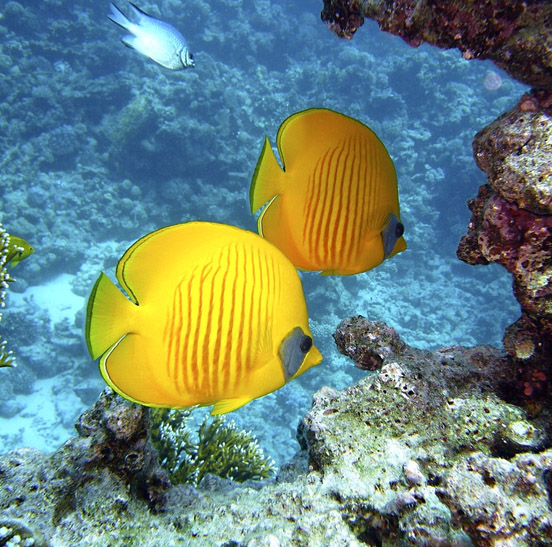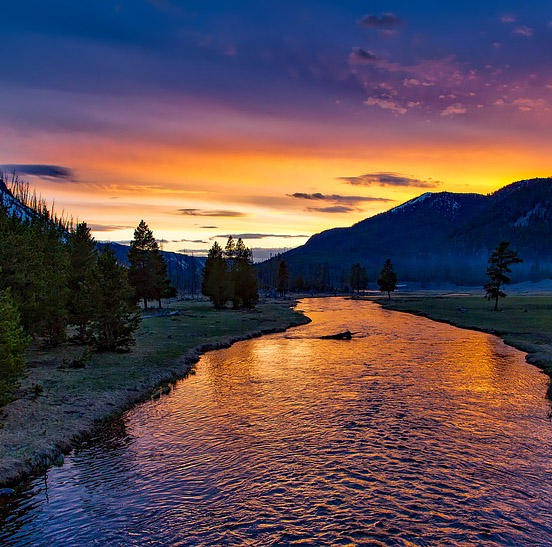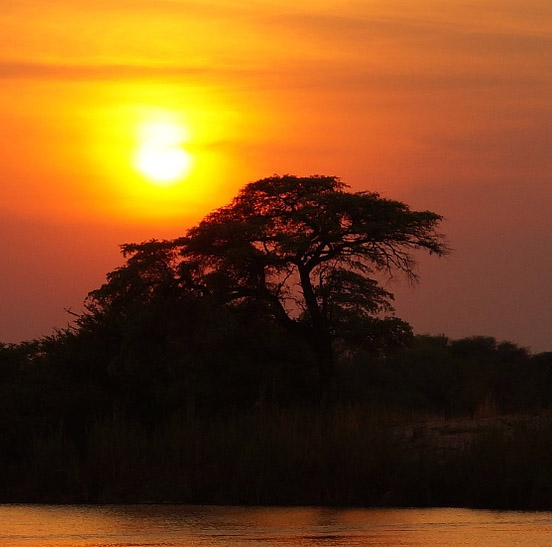Types of reserves

There are several types of reserves. These are locations that receive protection due to their natural, ecological or cultural value. Protected areas are vital for biodiversity conservation, often providing habitat and protection from hunting for threatened and endangered species. Protection helps maintain ecological processes that cannot survive in most intensely managed landscapes and marine areas.
Protection can be awarded at national, regional and international level. The protection offered at national level will depend on the laws of the particular country or the regulations of the organisations involved in making the awards.
A reserve can include land or marine areas. Transboundary Protected Areas overlap multiple countries which remove the borders inside the area for conservation and economic purposes. Between 10 and 15 percent of the world's land surface area are a type of reserve. In contrast, just 1.17 percent of the world's oceans are protected.
One definition for reserves can be: "A clearly defined geographical space managed, through legal or other effective means, to achieve the long-term conservation of nature with associated ecosystem services and cultural values."
Reserves can focus on a combination of several species conservation of flora and/or fauna or the relationship between them, but also conserving sites of indigenous cultural importance and considerable reserves of natural resources. Other terms that can be used include: National Parks, Game Reserves, Game Preserves, Wilderness Areas, National Monuments, National Preserves, Special Reserves, Safari Areas, Strict Forest Reserves, and also cultural lands under the protection of the national government.
Natura 2000 is a network of protected areas established by the European Union across all Member States. It is made up of Special Areas of Conservation (SACs) and Special Protection Areas (SPAs). India has biosphere reserves; reserved and protected forests; conservation and community reserves.
Effectiveness of reserves
One of the main concerns regarding reserves, whether they be wildlife, game, nature or marine, is their effectiveness at preventing further biodiversity being lost. This may be difficult if reserves are a small size and significantly isolated to each other, since this limits their role in preventing the many factors affecting biodiversity, including climate change, invasive species, and pollution. There are also concerns about the cost of reserves and the conflict with human demands for land and what it offers mankind.



